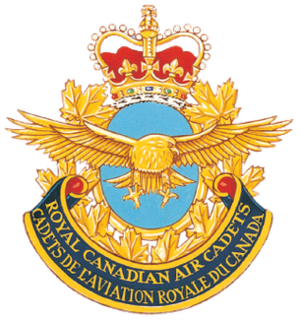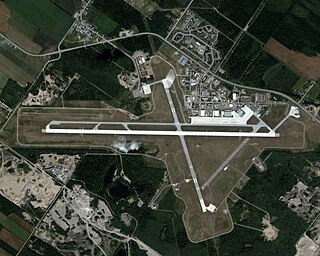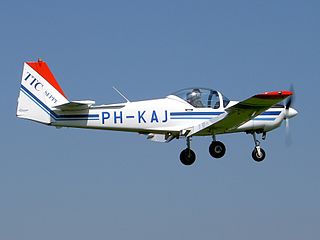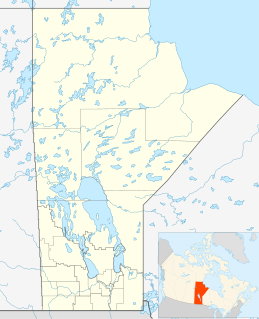
KF Defence Programs, a division of KF Aerospace, operates the Contracted Flying Training and Support (CFTS) Training Centre located at Portage la Prairie/Southport Airport in Southport, Manitoba, Canada. KF Aerospace leads a joint partnership that includes Canadian Helicopters, Bluedrop Performance Learning, and Canadian Base Operators. [1] The main building is named The Hilly Brown Building after Wing Commander Mark Henry Brown who was the first Canadian flying ace of the Second World War. [2]
KF Aerospace is an Approved Maintenance Organization (AMO) which operates two Maintenance, Repair and Overhaul (MRO) facilities in Canada, one in Kelowna, British Columbia, and the other in Hamilton, Ontario.

Portage la Prairie/Southport Airport is located adjacent to Portage la Prairie, Manitoba, Canada. It is operated by Southport Aerospace Centre Inc., a commercial-industrial centre. It was formerly Canadian Forces Base Portage la Prairie. It has been commercially operated since 1992.

Manitoba is a province at the longitudinal centre of Canada. It is often considered one of the three prairie provinces and is Canada's fifth-most populous province with its estimated 1.3 million people. Manitoba covers 649,950 square kilometres (250,900 sq mi) with a widely varied landscape, stretching from the northern oceanic coastline to the southern border with the United States. The province is bordered by the provinces of Ontario to the east and Saskatchewan to the west, the territories of Nunavut to the north, and Northwest Territories to the northwest, and the U.S. states of North Dakota and Minnesota to the south.
Contents
The 22-year contract was announced on 27 October 2005 by the Minister of National Defence [3] to provide flying training support at 3 Canadian Forces Flying Training School.
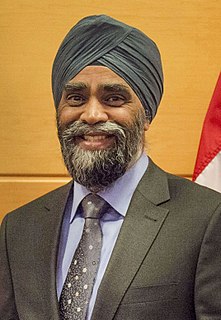
The Minister of National Defence is a Minister of the Crown and is the politician within the Cabinet of Canada responsible for the management and direction of all matters relating to the national defence of Canada. The Department of National Defence is headed by the Deputy Minister of National Defence, the department's senior civil servant, while the Canadian Armed Forces are headed by the Chief of the Defence Staff, Canada's senior serving military officer. Both are responsible to the Minister. The Queen of Canada is the Commander-in-Chief of the Canadian Armed Forces and has final authority on all orders and laws for the "defence of the realm". The minister is responsible, through the tenets of responsible government, to Parliament for "the management and direction of the Canadian Forces". Any orders and instructions for the Canadian Armed Forces are issued by or through the Chief of the Defence Staff. The Department of National Defence exists to aid the minister in carrying out his responsibilities, and acts as the civilian support system for the Canadian Forces.

3 Canadian Forces Flying Training School is located at the Southport Aerospace Centre just south of Portage la Prairie, Manitoba, Canada.
Through the partnership, it provides aircraft and training services to the Royal Canadian Air Force for training pilots and air navigators.

The Royal Canadian Air Force is the air force of Canada. Its role is to "provide the Canadian Forces with relevant, responsive and effective airpower". The RCAF is one of three environmental commands within the unified Canadian Armed Forces. As of 2013, the Royal Canadian Air Force consists of 14,500 Regular Force and 2,600 Primary Reserve personnel, supported by 2,500 civilians, and operates 258 manned aircraft and 9 unmanned aerial vehicles. Lieutenant-General Al Meinzinger is the current Commander of the Royal Canadian Air Force and Chief of the Air Force Staff.








